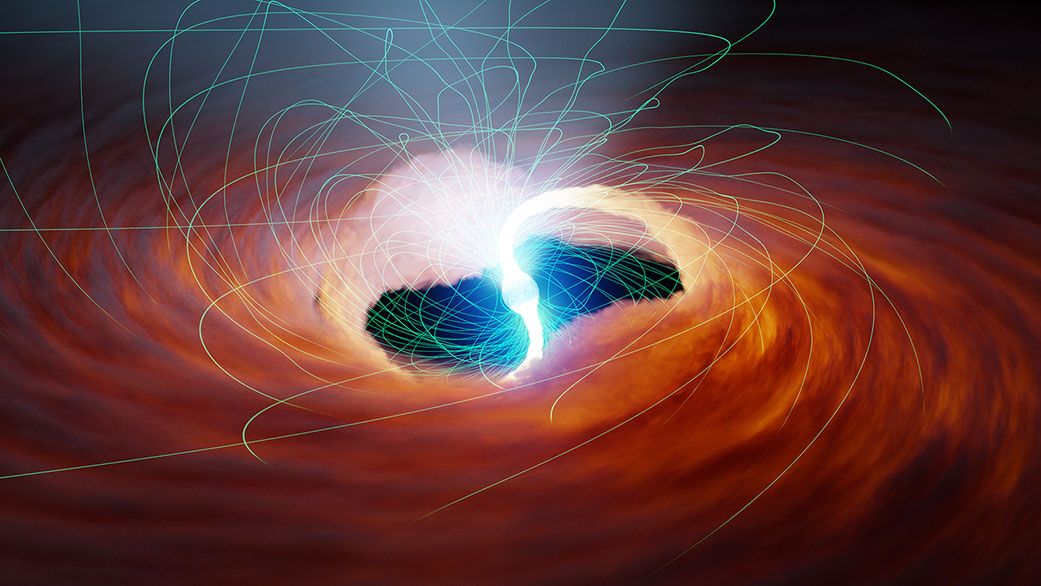Bizarre object 10 million times brighter than the sun defies physics, NASA says
By Briley Lewis published 1 day ago
A bizarre 'ultraluminous X-ray source' shines millions of times brighter than the sun, breaking a physical law called the Eddington limit, a new study finds.

A glowing neutron star swirls against a fiery orange background with whips of megnetic field spinning out
An illustration of a neutron star -- an ultra-luminous X-ray source -- spinning around as tendrils of magnetic field whip through space. (Image credit: NASA/JPL-Caltech)
Something in outer space is breaking the law — the laws of physics, that is.
Astronomers call these lawbreakers ultraluminous X-ray sources (ULXs), and they exude about 10 million times more energy than the sun. This amount of energy breaks a physical law known as the Eddington limit, which determines how bright something of a given size can be. If something breaks the Eddington limit, scientists expect it to blow itself up into pieces. However, ULXs "regularly exceed this limit by 100 to 500 times, leaving scientists puzzled," according to a NASA statement.
New observations published in The Astrophysical Journal(opens in new tab) from NASA's Nuclear Spectroscopic Telescope Array (NuSTAR), which sees the universe in high-energy X-rays, confirmed that one particular ULX, called M82 X-2, is definitely too bright. Prior theories suggested that the extreme brightness could be some sort of optical illusion, but this new work shows that's not the case — this ULX is actually defying the Eddington limit somehow.
Astronomers used to believe ULXs could be black holes, but M82 X-2 is an object known as a neutron star. Neutron stars are the leftover, dead cores of stars like the sun. A neutron star is so dense that the gravity on its surface is about 100 trillion times stronger than that of Earth. This intense gravity means that any material pulled onto the dead star's surface will have an explosive effect.
"A marshmallow dropped on the surface of a neutron star would hit it with the energy of a thousand hydrogen bombs," according to NASA(opens in new tab).
More:
https://www.livescience.com/space/cosmology/bizarre-object-10-million-times-brighter-than-the-sun-defies-physics-nasa-says
